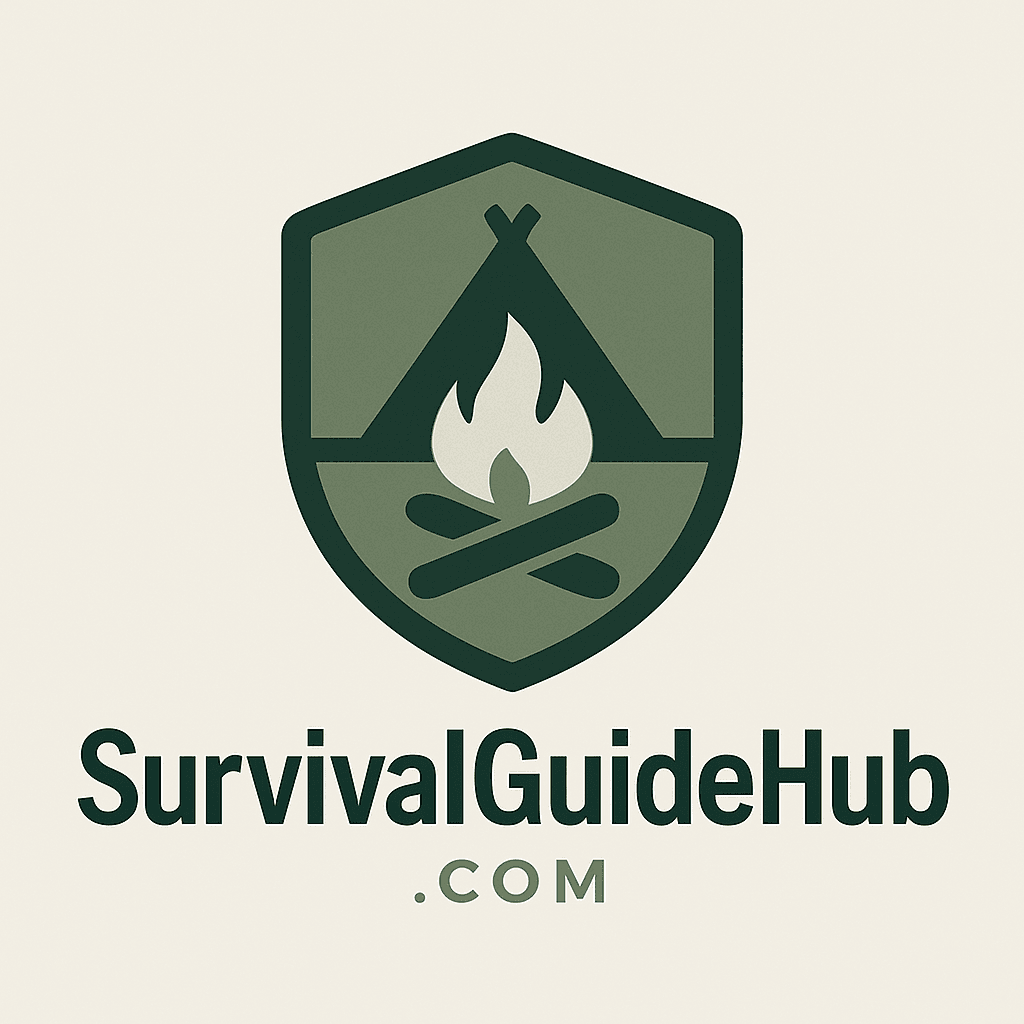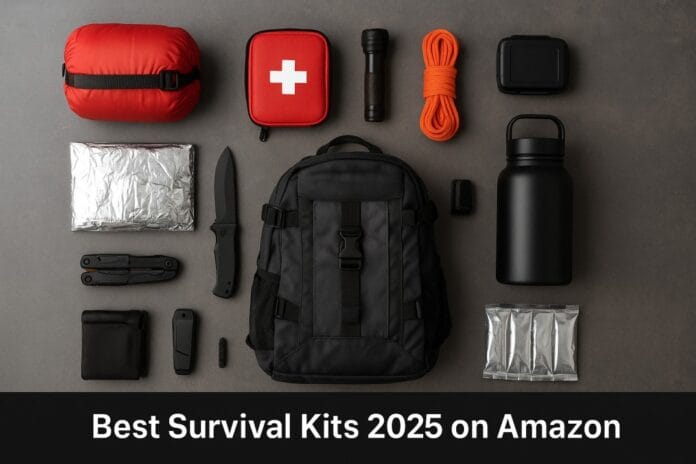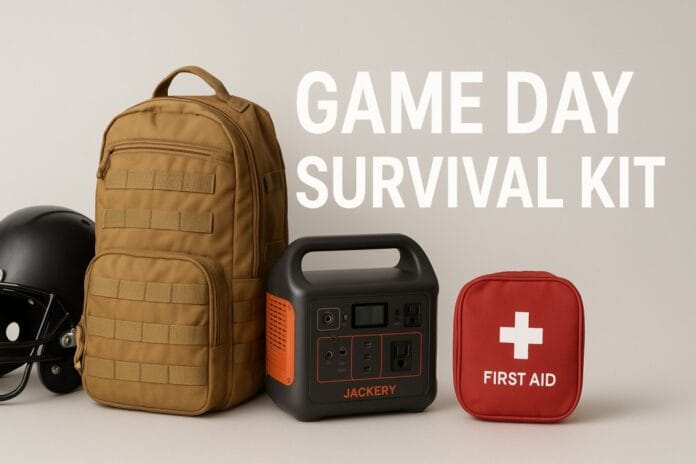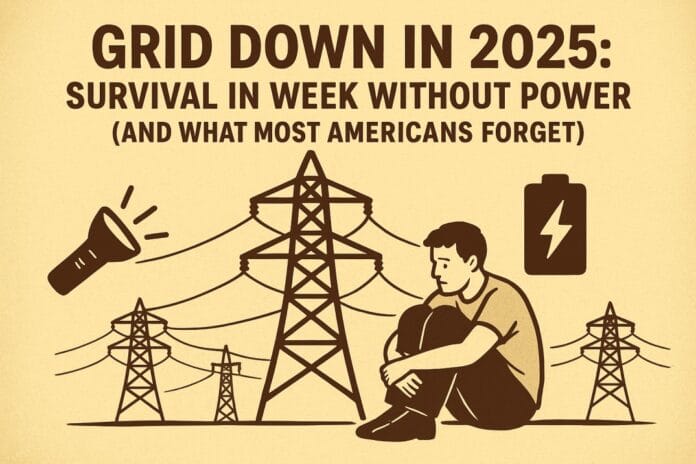Introduction: Why Prepared Citizen Survival is the New Imperative
In an increasingly uncertain world, the concept of Prepared Citizen Survival has moved from the fringes to the mainstream. Natural disasters, economic instability, and geopolitical shifts are prompting more Americans to embrace self-reliance. This isn’t about fear-mongering; it’s about empowerment. A prepared citizen is not just ready for emergencies; they are a resilient asset to their family and community. prepared citizen From urban disruptions to prolonged outages, mastering these skills will transform you from a passive observer to an active participant in your own safety and security. self-reliance
1. The Foundation of Prepared Citizen Survival: Comprehensive Emergency Planning
Effective planning is the bedrock of Prepared Citizen Survival. Without a clear, actionable plan, even the best intentions can crumble under pressure. This pillar focuses on creating a multi-faceted strategy for various scenarios.
Developing a Family Emergency Plan
Your family is your primary survival unit. A well-rehearsed family plan ensures everyone knows their role and how to act when disaster strikes. This is a core aspect of Prepared Citizen Survival.
•Communication Strategy: Establish multiple ways to communicate. Beyond cell phones, consider pre-arranged check-in times, out-of-state contacts, and low-tech options like FRS/GMRS radios. Practice using these methods regularly.
•Meeting Points: Designate primary and secondary meeting locations both near your home and outside your immediate neighborhood. These should be easily accessible and familiar to all family members.
•Evacuation Routes: Map out several evacuation routes from your home, work, and school. Identify potential bottlenecks and alternative paths. Practice these routes during non-emergency times.
•Emergency Contacts: Create a laminated card with essential contact numbers (family, doctors, emergency services) for each family member. Include out-of-state contacts.
Understanding Local Threats and Resources
Prepared Citizen Survival means understanding your specific environment. What disasters are most likely to affect your area?
•Hazard Assessment: Research historical data for your region. Are you prone to hurricanes, earthquakes, wildfires, floods, or blizzards? Tailor your plan to these specific threats.
•Community Resources: Identify local emergency shelters, hospitals, fire stations, and police departments. Know their locations and capabilities. Familiarize yourself with community emergency plans.
•Neighborhood Networks: Connect with neighbors. A strong community network is an invaluable asset in a crisis. Consider forming a mutual aid group to share resources and skills.
The Importance of Drills and Practice
Knowledge without practice is inert. Regular drills are crucial for effective Prepared Citizen Survival.
•Scenario-Based Drills: Practice different emergency scenarios (e.g., power outage, fire, evacuation). This helps identify weaknesses in your plan and builds muscle memory.
•Gear Familiarization: Ensure every family member knows how to use essential gear, such as fire extinguishers, first aid kits, and emergency radios. Practice setting up tents or water filters if they are part of your plan.
•Review and Update: Review your plan at least annually, or after any significant life changes (e.g., new home, new family member). Update contact information, supplies, and routes as needed.
2. Essential Gear for Prepared Citizen Survival: Beyond the Basics
While a basic emergency kit is a start, true Prepared Citizen Survival requires a more comprehensive approach to gear. This section focuses on expanding your supplies to cover a wider range of needs and scenarios.
The 72-Hour Kit (Go-Bag) Reinvented
Your Go-Bag is your lifeline when you need to evacuate quickly. For Prepared Citizen Survival, it needs to be robust and tailored.
•Water and Filtration: Beyond bottled water, include a high-quality portable water filter (e.g., Sawyer Squeeze, LifeStraw) and purification tablets. Consider a collapsible water container.
•Food: Non-perishable, high-calorie food that requires no cooking (e.g., energy bars, dried fruit, nuts, MREs). Aim for at least 3 days’ supply per person.
•First Aid: A comprehensive kit with trauma supplies (tourniquet, hemostatic gauze), wound care, pain relievers, and any personal prescription medications (at least a 7-day supply).
•Shelter and Warmth: Emergency blanket, lightweight tarp, and a compact sleeping bag or bivy. Even in urban areas, exposure can be a threat.
•Tools: Multi-tool, strong knife, duct tape, cordage (paracord), headlamp with extra batteries, fire starter (ferro rod, waterproof matches).
•Communication: Hand-crank/solar NOAA weather radio, whistle, and a fully charged power bank for cell phones. Consider a small, portable shortwave radio for broader news access.
•Navigation: Local paper maps, compass, and knowledge of how to use them. Do not rely solely on GPS.
•Sanitation and Hygiene: Hand sanitizer, wet wipes, toilet paper, personal hygiene items. Crucial for preventing illness.
•Personal Documents and Cash: Copies of important documents (ID, insurance, medical records) in a waterproof bag. Small denominations of cash.
Expanding Your Home Preparedness Supplies
For longer-term Prepared Citizen Survival at home, expand beyond the Go-Bag.
•Water Storage: Invest in larger water storage containers (e.g., 55-gallon drums) and water purification systems for long-term use.
•Food Storage: Build a pantry with a 1-3 month supply of shelf-stable foods. Focus on variety and items your family will actually eat. Rotate stock regularly.
•Alternative Cooking: Propane camp stove with extra fuel, solar oven, or a rocket stove. Ensure proper ventilation if used indoors.
•Power Solutions: Portable power station (e.g., Jackery Explorer 1000) or a solar generator for charging devices and running small appliances. Solar panels for recharging.
•Security: Reinforce doors and windows, consider motion-activated lighting, and have non-lethal self-defense tools (e.g., pepper spray).
Specialized Gear for Specific Threats
Depending on your location and likely threats, consider specialized gear for Prepared Citizen Survival.
•Earthquake Kit: Secure heavy furniture, emergency shut-off tools for utilities.
•Flood Kit: Waders, sandbags, sump pump (if applicable).
•Wildfire Kit: N95 masks, fire-resistant blankets, clear defensible space around home.
•Winter Storm Kit: Extra blankets, alternative heating source (safe indoor heater), snow shovel, rock salt.
3. Mastering Practical Skills for Prepared Citizen Survival
Gear is only as good as the skills of the person using it. Prepared Citizen Survival emphasizes practical knowledge and abilities that can make a profound difference in a crisis.
First Aid and Medical Care
Being able to provide immediate medical attention is paramount for Prepared Citizen Survival.
•Basic First Aid & CPR: Enroll in certified courses. Learn to treat cuts, burns, fractures, sprains, and manage shock. CPR and AED training are life-saving.
•Wound Management: Understand how to clean, dress, and monitor wounds to prevent infection. Learn about hemostatic agents for severe bleeding.
•Illness Management: Recognize symptoms of common illnesses and know how to manage them without immediate medical help. Focus on hydration and basic symptom relief.
•Hygiene and Sanitation: Implement strict hygiene practices to prevent the spread of disease. Learn about safe waste disposal in a crisis.
Water Procurement and Purification Techniques
Access to clean water is non-negotiable for Prepared Citizen Survival.
•Identifying Water Sources: Learn to identify safe and unsafe water sources in your environment (e.g., rainwater, natural springs, water heaters, toilet tanks).
•Boiling: The most reliable method. Understand the boil time required to kill pathogens.
•Filtration: Practice using portable filters and understand their limitations. Learn how to create improvised filters.
•Chemical Purification: Know how to use iodine or chlorine dioxide tablets effectively.
Food Preparation and Preservation
When the grocery stores are empty, your ability to prepare and preserve food becomes vital for Prepared Citizen Survival.
•Alternative Cooking Methods: Practice cooking with a camp stove, solar oven, or fire pit. Understand fuel efficiency.
•Food Preservation: Learn basic canning, drying, or fermenting techniques to extend the shelf life of perishable foods.
•Foraging (with caution): Identify edible plants in your local area. This is an advanced skill requiring extensive knowledge to avoid poisonous look-alikes.
Navigation and Self-Reliance
Being able to navigate without technology and move safely is crucial for Prepared Citizen Survival.
•Map and Compass Skills: Master reading topographic maps and using a compass. Practice land navigation in various terrains.
•Urban Navigation: Learn to navigate your city using landmarks, street names, and sun/star orientation. Identify safe routes and potential hazards.
•Shelter Building (Improvised): Know how to construct basic shelters from available materials for protection from elements.
•Fire Starting: Practice multiple methods of fire starting, including primitive techniques, for warmth, cooking, and signaling.
4. The Prepared Citizen Survival Mindset: Resilience and Adaptability
Beyond gear and skills, the most crucial element of Prepared Citizen Survival is a resilient mindset. Mental fortitude, adaptability, and emotional intelligence are what truly enable individuals to thrive in adversity.
Cultivating Mental Toughness
Crises are mentally taxing. A strong mindset helps you make clear decisions under pressure.
•Acceptance and Adaptability: Understand that things will not be normal. Accept the situation and adapt your plans as circumstances change. Rigidity can be dangerous.
•Positive Mental Attitude: Focus on solutions, not problems. Maintain a hopeful outlook, as morale is contagious and vital for group cohesion.
•Stress Management: Practice techniques like deep breathing, meditation, or physical exercise to manage stress and anxiety. Chronic stress impairs judgment.
•Problem-Solving: Approach challenges systematically. Break down large problems into smaller, manageable steps. Be creative with limited resources.
Emotional Intelligence and Leadership
In a crisis, you may need to lead or support others. Emotional intelligence is key for Prepared Citizen Survival.
•Calm Under Pressure: Your demeanor will influence those around you. Practice staying calm and rational, even in chaotic situations.
•Empathy and Support: Recognize and address the emotional needs of your family and community members. Offer support and encouragement.
•Effective Communication: Clearly and concisely convey information and instructions. Listen actively to concerns and feedback.
•Decision-Making: Learn to make rapid, informed decisions with incomplete information. Prioritize safety and essential needs.
The Importance of Continuous Learning and Practice
Prepared Citizen Survival is not a one-time event; it’s a lifestyle of continuous improvement.
•Stay Informed: Keep abreast of local and global events, potential threats, and new preparedness techniques. Knowledge is power.
•Skill Refinement: Regularly practice your skills. First aid, navigation, and communication improve with repetition. Consider joining local preparedness groups or taking advanced courses.
•Debrief and Learn: After any practice drill or real-life minor incident, debrief with your family or group. What went well? What could be improved? Learn from every experience.
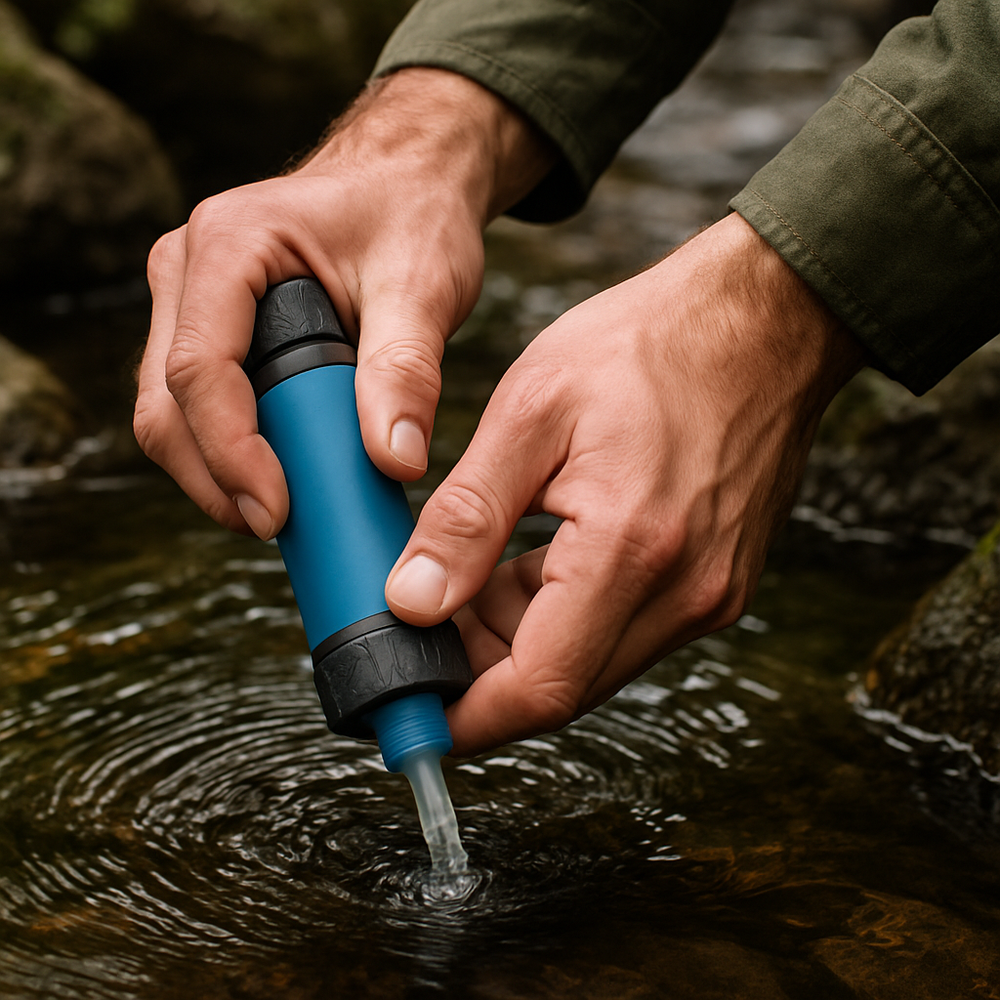
5. Community Building: The Ultimate Prepared Citizen Survival Strategy
While individual preparedness is vital, true Prepared Citizen Survival flourishes within a strong, interconnected community. No one survives alone. Building resilient networks is the ultimate long-term strategy.
Knowing Your Neighbors and Their Skills
Your immediate neighbors are your first responders. Invest in these relationships.
•Introduction and Connection: Get to know your neighbors by name. Exchange contact information. Understand their unique skills (e.g., medical professional, mechanic, gardener, electrician) and resources.
•Neighborhood Map: Create a simple map of your neighborhood, noting key resources, vulnerable individuals (elderly, disabled), and potential gathering points.
Forming a Mutual Aid Network
Formalizing cooperation amplifies Prepared Citizen Survival capabilities.
•Organize a Group: Form a small, trusted group of neighbors committed to mutual aid. Define roles and responsibilities.
•Resource Sharing: Inventory collective resources (e.g., tools, medical supplies, food, water purification systems, generators). Establish protocols for sharing.
•Skill Exchange: Organize workshops or informal training sessions to share skills (e.g., first aid, ham radio operation, gardening, basic repairs).
•Communication Tree: Establish a communication tree or system to quickly disseminate information within the network during a crisis.
Community Drills and Exercises
Practice makes perfect, especially for Prepared Citizen Survival at a community level.
•Joint Drills: Conduct regular drills with your mutual aid group. Practice scenarios like neighborhood evacuation, search and rescue, or setting up a temporary aid station.
•Tabletop Exercises: Discuss hypothetical scenarios and how the group would respond. This helps identify gaps in planning and coordination.
•Community Events: Host preparedness-focused events (e.g., a potluck with a preparedness theme, a first aid demonstration) to engage more neighbors and build cohesion.
Advocating for Community Resilience
Prepared Citizen Survival extends to advocating for broader community preparedness.
•Engage Local Government: Attend town hall meetings, volunteer for local emergency management committees. Advocate for community-wide preparedness initiatives.
•Educate Others: Share your knowledge and encourage others to prepare. Be a positive example of self-reliance and community spirit.
•Support Local Initiatives: Participate in community clean-up days, volunteer for CERT (Community Emergency Response Team) programs, or support local food banks.
By actively participating in your community’s preparedness, you not only enhance your own Prepared Citizen Survival but also contribute to a safer, more resilient society. This collective strength is the ultimate form of preparedness, ensuring that when challenges arise, you and your neighbors are not just surviving, but thriving together.
For official guidance and resources on national preparedness, visit the Department of Homeland Security’s Ready.gov website. It offers comprehensive information on preparing for various emergencies, complementing your Prepared Citizen Survival efforts.
To further enhance your readiness, explore our article on Top 7 Emergency Supplies Every American Home Needs in 2025. This will provide additional insights into essential items for your home, strengthening your overall Prepared Citizen Survival.
For reliable power during outages, consider the BLUETTI Solar Generator EB3A
. It’s a versatile and quiet solar generator, perfect for charging essential devices and small appliances, making it an invaluable tool for Prepared Citizen Survival. You can find it on Amazon.
. It’s a versatile and quiet solar generator, perfect for charging essential devices and small appliances, making it an invaluable tool for Prepared Citizen Survival. You can find it on Amazon.
